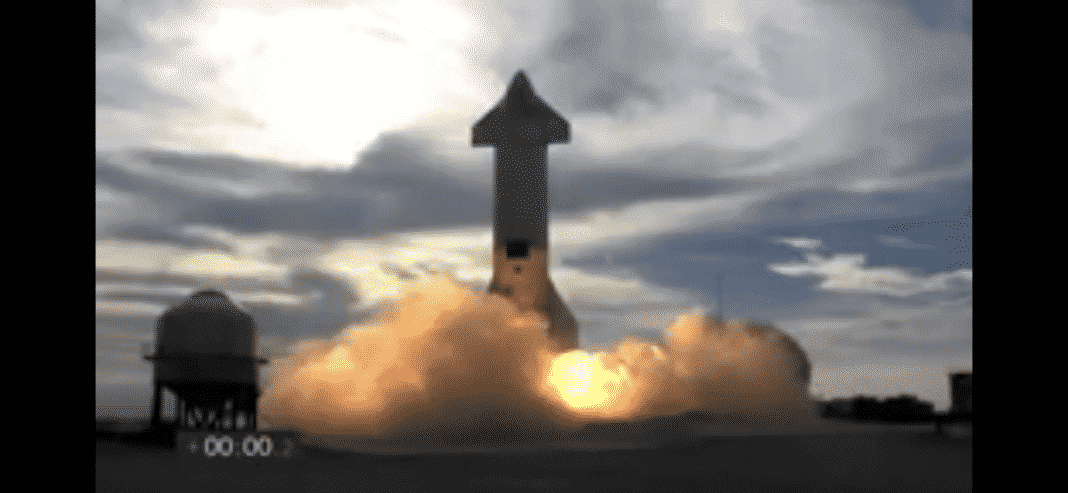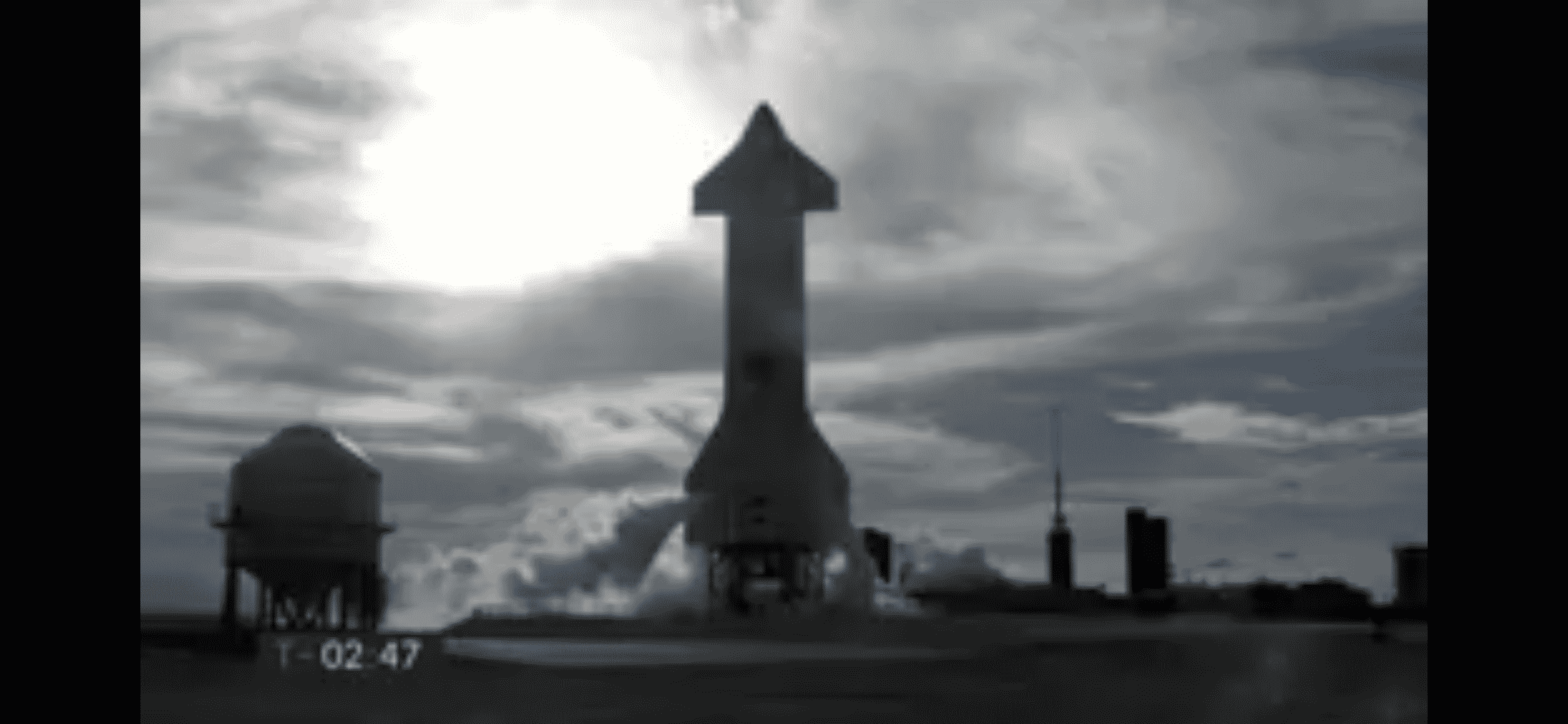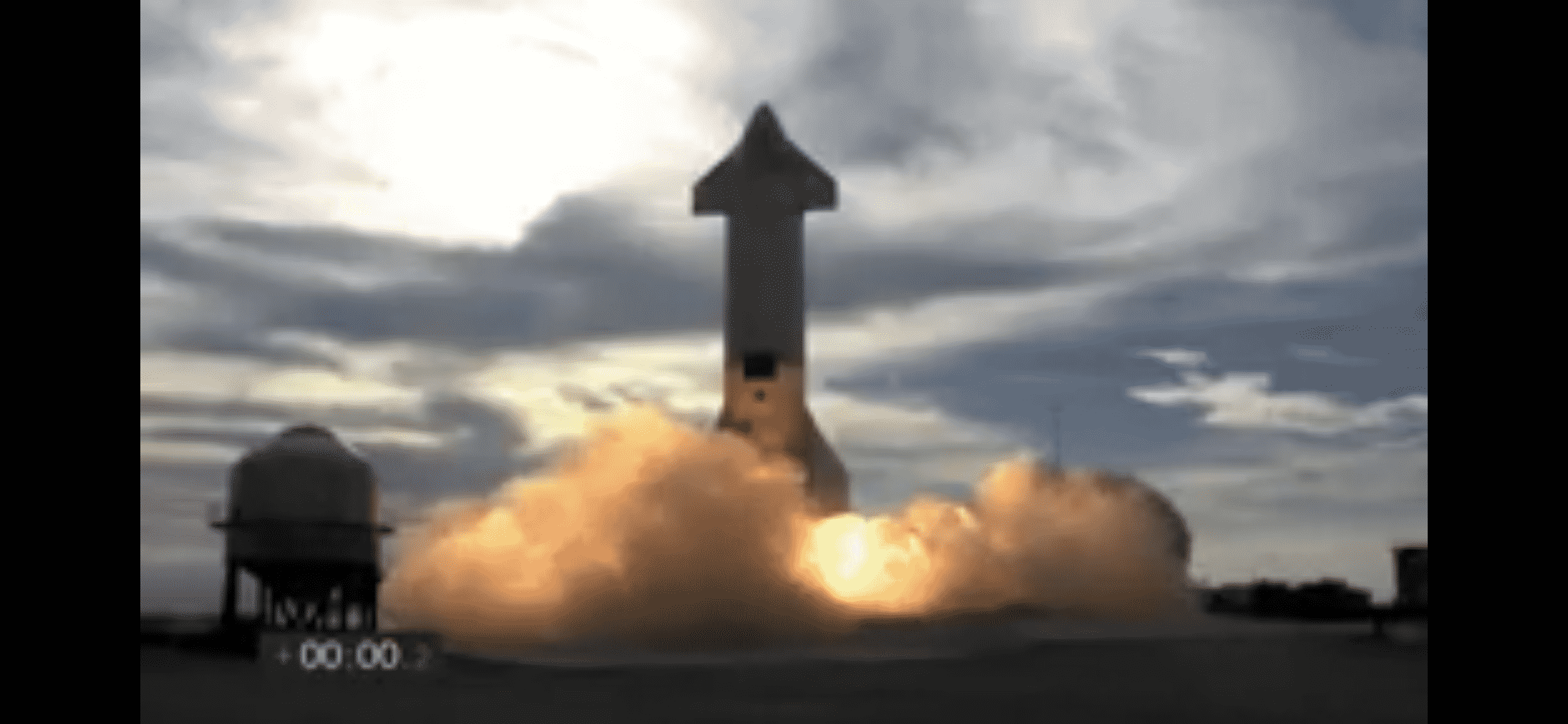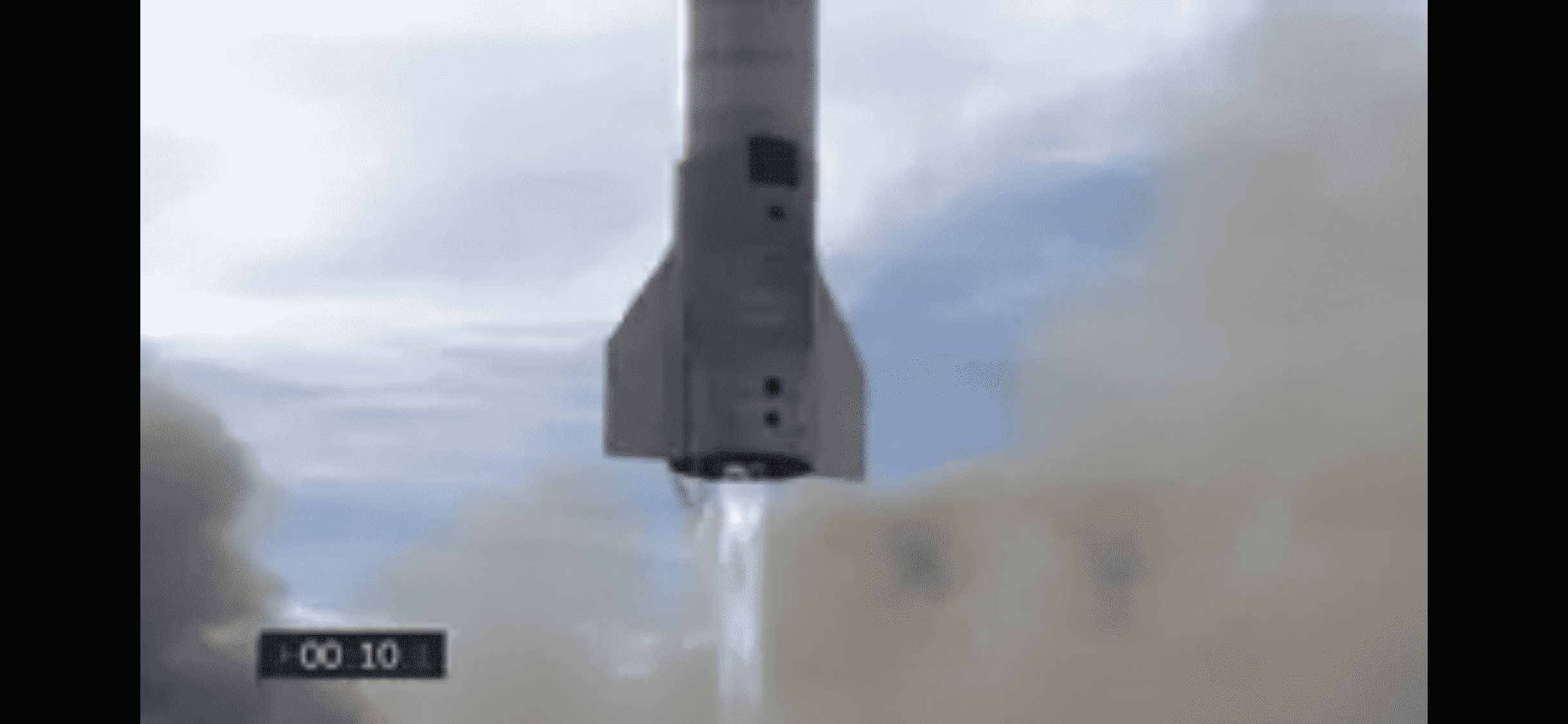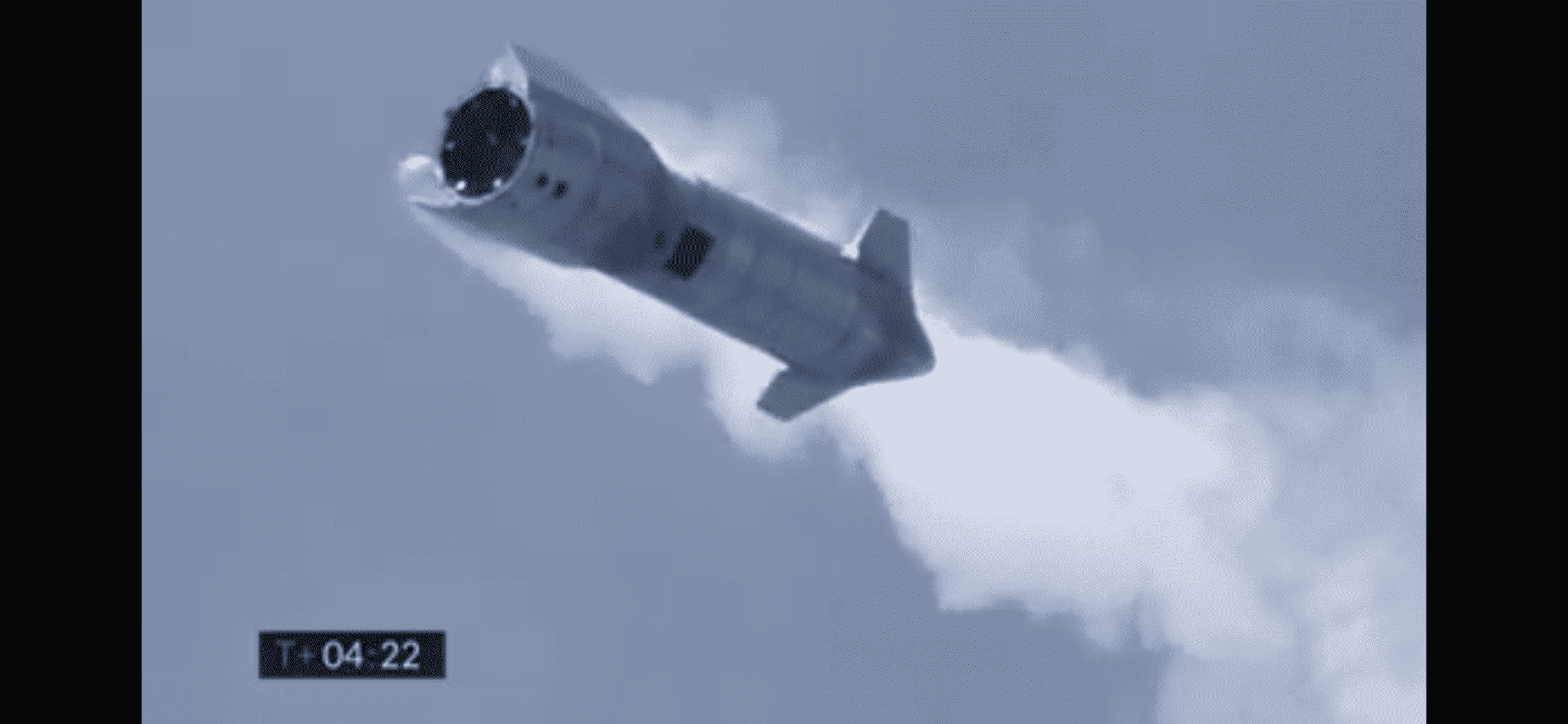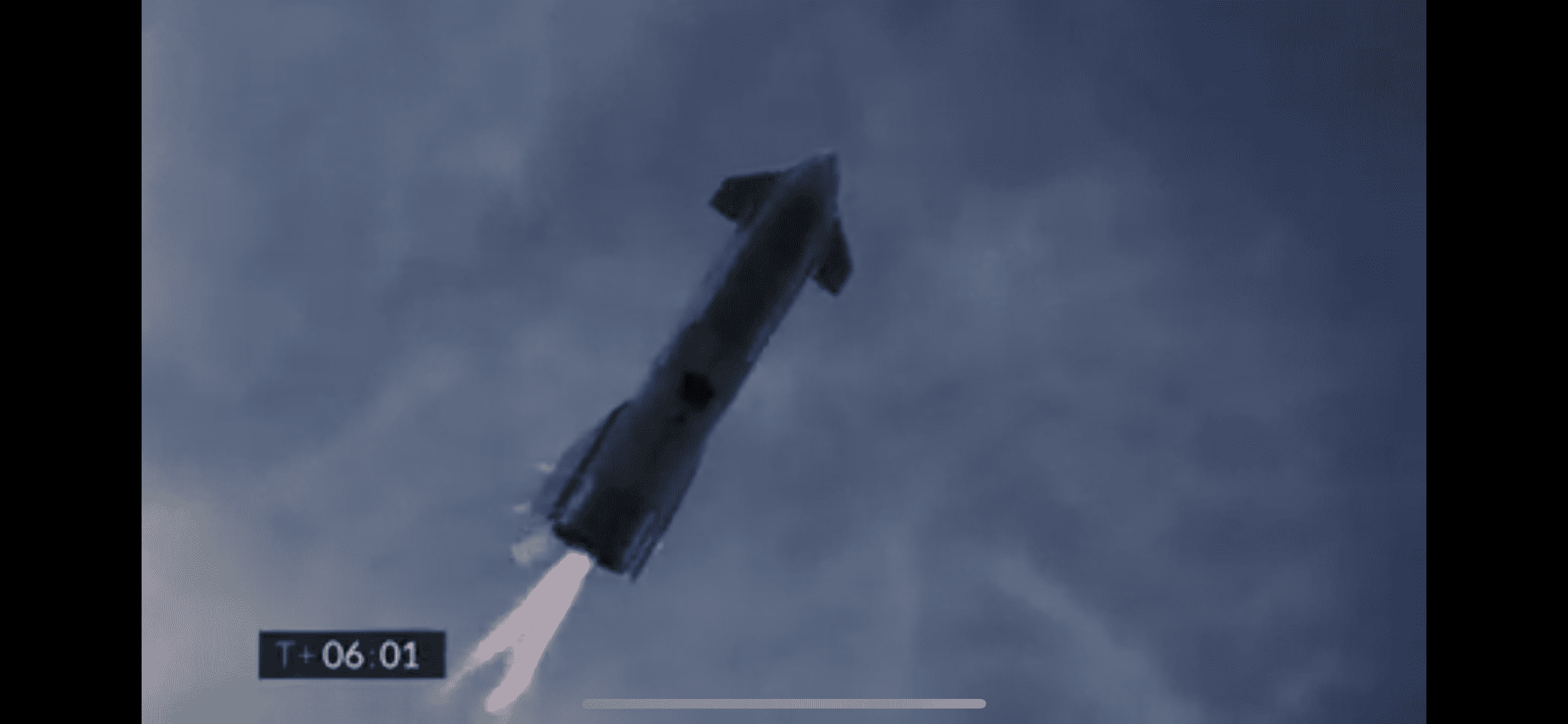The third time truly was the charm for SpaceX Wednesday in terms of launching and landing a full-size Starship prototype for the first time without incident.
Then came the explosion.
Starship SN10 blasted off from SpaceX’s Boca Chica launch site at 5:15 p.m. for a flight lasting 6 minutes and 29 seconds before touching down gently and only slightly askew. An attempt three hours earlier was automatically aborted by computer due to excessive thrust after the countdown had reached zero and the vehicle’s three Raptor engines had already ignited.
SN10’s predecessors, SN8 and SN9, made successful high-altitude flights and controlled descents but were destroyed during the landing attempts. Those flights took place on Dec. 9 and Feb. 2, respectively, SN8 flying to 41,000 feet and SN9 to 33,000 feet.
SN10 also flew to 33,000 feet, for SpaceX’s third high-altitude launch from Boca Chica, roughly 22 miles east of Brownsville as the crow flies. Less than 10 minutes after landing, however, the rocket exploded for reasons unknown, though there was speculation it was caused by a fuel leak.
John Insprucker, a SpaceX engineer who narrated SpaceX’s live web feed of the launch, said just after the successful landing that plenty of valuable data was collecting throughout the flight and that more Starship launches are on the horizon. The subsequent prototype, SN11, is essentially complete in SpaceX’s “high bay” vehicle assembly building.
“The key point of today’s test flight was to gather the data on controlling the vehicle while re-entering, and we were successful in doing so,” he said.
He added that SN11 is “ready to roll out to the pad in the very near future,” Insprucker said.

